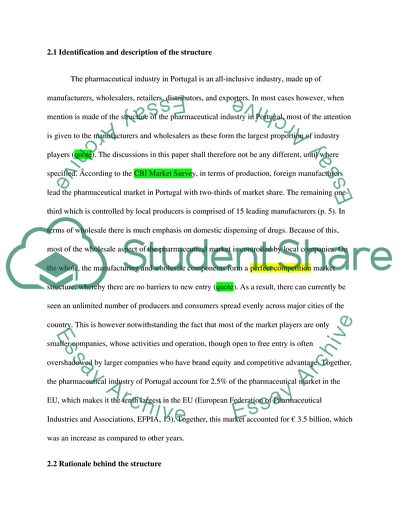Cite this document
(Not Found (#404) - StudentShare, n.d.)
Not Found (#404) - StudentShare. https://studentshare.org/business/1822320-pharmaceutical-industry-in-portugal
Not Found (#404) - StudentShare. https://studentshare.org/business/1822320-pharmaceutical-industry-in-portugal
(Not Found (#404) - StudentShare)
Not Found (#404) - StudentShare. https://studentshare.org/business/1822320-pharmaceutical-industry-in-portugal.
Not Found (#404) - StudentShare. https://studentshare.org/business/1822320-pharmaceutical-industry-in-portugal.
“Not Found (#404) - StudentShare”. https://studentshare.org/business/1822320-pharmaceutical-industry-in-portugal.


